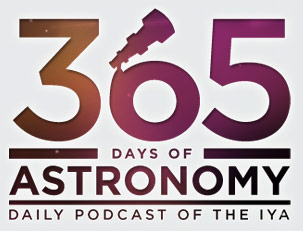ASTRONOMY CLUB MEETING TONIGHT! January 19, 2011
Posted by jcconwell in Astronomy.Tags: Eastern Illinois University, EIU
add a comment
ROOM 2153, Physical Science Building Tonight! 8:00 PM
NEW PODCAST:What’s New With Supermassive Black Holes January 18, 2011
Posted by jcconwell in Astronomy, Black Holes, General Relativity, Podcast.Tags: 365 days of astronomy, blackholes, Eastern Illinois University, Podcast, Supermassive Black Holes
add a comment
January 4th: Busy day in Astronomy January 3, 2011
Posted by jcconwell in Astronomy, meteor.Tags: meteor, Quadrantid, Solar eclipse
add a comment
Well, there are three things happening today, a solar eclipse, a meteor shower and the Earth’s orbit is at it’s perihelion.Unfortunately, the solar eclipse is only visible to the people in Asia, Africa and Europe.
All of the folks around hear will just have to wait for another day. But as a consolation prize to the people in the Western Hemisphere the universe is serving up a meteor shower tonight, the 2011 Quadrantid Meteor Shower.
The meteors are named after the obsolete constellation Quadrans Muralis the Mural or Wall Quadrant (an astronomical instrument), depicted in some 19th-century star atlases roughly midway between the end of the handle of the Big Dipper and the quadrilateral of stars marking the head of the constellation Draco. (The International Astronomical Union phased out Quadrans Muralis in 1922.)
In the United States, the predicted peak would come at 8 p.m. EST on Jan. 3 (0100 GMT Jan. 4). With the meteors appearing to emanate from low on the horizon, viewers in the northern U.S. may see one dozen or two dozen Quadrantids per hour.Very few meteors are likely to be seen in the southern United States, since they would be streaking from below the horizon during the early hours of darkness.
Quadrantid meteors are of medium speed: slower than the Leonids and Perseids, yet faster than the Geminids. They usually appear bluish, accompanied by fine, long spreading silver trains. The peak of the “Quads” lasts only a few hours. But under ideal, dark-sky conditions, this can be one of the year’s best meteor displays. (Any light pollution would cut down the numbers greatly.)
Give your eyes at least 15 to 20 minutes to adapt to the dark before starting a serious meteor count. No matter what time the peak, you’d have to get up before dawn to see the best display.
Finally, today the Earth is at its closest distance from the sun in its orbit. This point is called the perihelion.
The Sun will also appear the largest in size today. This doesn’t contribute much to any effect to the seasons though, which are due to the tilting to the Earth’s axis. (Credit: NASA, Space News, Universe Today)






